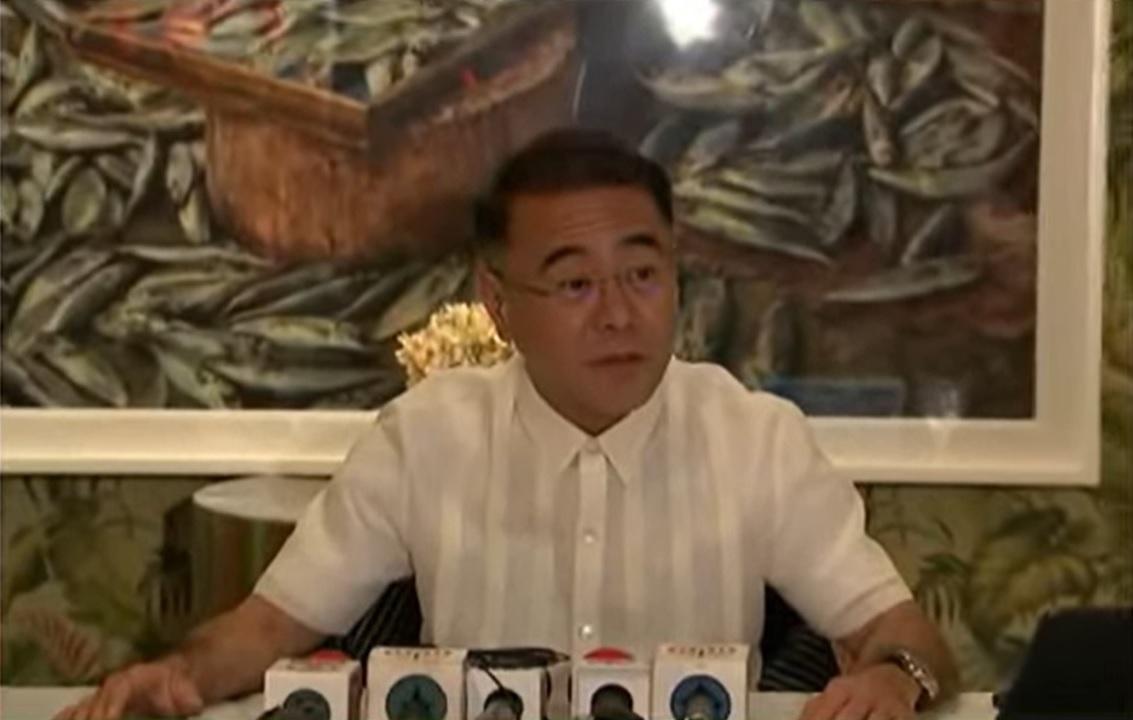What happened to Maharlika Fund?

Nearly a year since the country’s very first sovereign wealth fund was created, the state-owned firm running the Maharlika Investment Fund (MIF) has not made a single investment activity as it is still yet to establish its organizational structure and gather manpower.
Maharlika Investment Corp. (MIC) president and CEO Rafael Consing had been saying that the sovereign wealth fund should make its first investment by the fourth quarter or before the end of the year.
For the first half of the year, Consing said the MIC will focus on organization, with the budget currently being fine-tuned by the Department of Budget and Management (DBM).
It is also coordinating with the Governance Commission for Government-Owned and Controlled Corporations (GOCCs), and the Civil Service Commission (CSC).
Nevertheless, Consing has been vocal about the MIC’s initial direction which is to invest in developing transmission and distribution infrastructure in the country’s off-grid islands with the aim of reducing the cost of electricity in far-flung rural areas.
He said that the island grid development forms part of its proposed P35-billion investment activities for this year.
The MIC chief also bared plans about issuing “thematic sub-funds” in the future to allow retail investors to participate in and have a share in the MIF’s investments.
“We started in January this year… By the fourth quarter, we should be up and running already. Before the end of the year, we will make investments,” Consing said in an interview on PTV’s pre-SONA Special.
“We will steer the sovereign wealth fund as a national development fund,” he said.
Consing said the state-run firm’s Board of Directors are in the process of crafting the by-laws for their respective committees.
He said that the law, Republic Act (RA) 11954 signed by President Ferdinand Marcos Jr. on July 18, 2023, prescribed the creation of two committees within the MIC, namely Risk Committee and Audit Committee.
Consing, however, said the MIC’s Board created four more committees —Corporate Governance and Ethics, Nomination and Remuneration, Related Market Transactions, and Investment Committee.
The MIC chief said all of the sovereign wealth fund’s investment decisions should go through all of the board committees.
Consing added that the salaries of MIC’s personnel, especially the highly technical ones, “should be comparable to the private sector.”
“The law also gives us the power to designate highly technical positions. We need those who will bring in experience and technical expertise to fulfill the mandate of Maharlika [Fund],” he said, noting that “there’s a need to compensate for the highly technical [positions] at par to those in the private sector.”
The RA 11954 created the MIF which will be used to invest in foreign currencies, fixed-income instruments, domestic and foreign corporate bonds, joint ventures, mergers and acquisitions, real estate, and high-impact infrastructure projects.
Consing, citing a study by Maybank, said the multiplier impact of the Maharlika Fund “is about 2.1 times.”
He explained that for every peso invested by the MIC the return would be P2.1 to P2.5.
“But the main objective is to boost the entry of capital in the Philippines,” he said.
The MIC serves as the primary vehicle for mobilizing and utilizing the Maharlika Investment Fund for transactions aimed at generating optimal returns.
The MIC's responsibilities include governing and managing the MIF by the objectives and purposes outlined in Republic Act 11954, as well as other relevant laws, rules, and regulations.
The state-run firm is governed by a nine-member board of directors made up of the Finance Secretary as chairperson, the MIC president and CEO, the Land Bank of the Philippines president and chief executive officer, the Development Bank of the Philippines president and CEO, two regular directors, and three independent directors from the private sector.
In mid-November 2023, Marcos named seasoned banker and business leader Consing as the president and chief executive officer of the MIC — which marked the beginning of the effective operationalization of the country’s first sovereign wealth fund.
The law establishing the Maharika Investment Fund (MIF), though it hurdled several oppositions and revisions, was passed less than a year after the measure proposing for its creation was filed in the lower chamber.
READ: TIMELINE: How the Maharlika Investment Fund came to be
Its implementing rules and regulations (IRR) was also crafted in less than the 90-day period prescribed by the law.
Later on, the President suspended the IRR to give way for some changes that might be suitable for a perfect candidate who could steer the helm of the MIF’s operating corporation.
The fund was aimed as an alternative source of financing for infrastructure projects which are currently heavily funded through Official Development Assistance loans from multilateral and bilateral sources.
Under the law, the MIC has an authorized capital stock of P500 billion, P375 billion of which shall have corresponding common shares available for subscription by the national government, its agencies or instrumentalities, government-owned and controlled corporations or GFIs, and government financial institutions.
Its initial capitalization is sourced from the national government and the country’s two largest state-run banks.
The Landbank transferred P50 billion and the DBP P25 billion to the Maharlika Fund.
The national government will contribute P50 billion from the following sources:
- Bangko Sentral ng Pilipinas' total declared dividends;
- National government's share from the income of PAGCOR Properties, real and personal identified by the DOF-Privatization and Management Office;
- Other sources such as royalties and/or special assessments
—KG, GMA Integrated News




